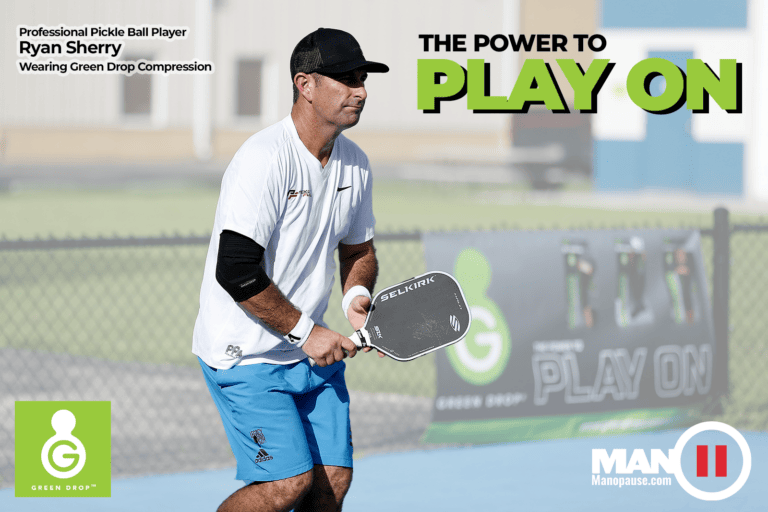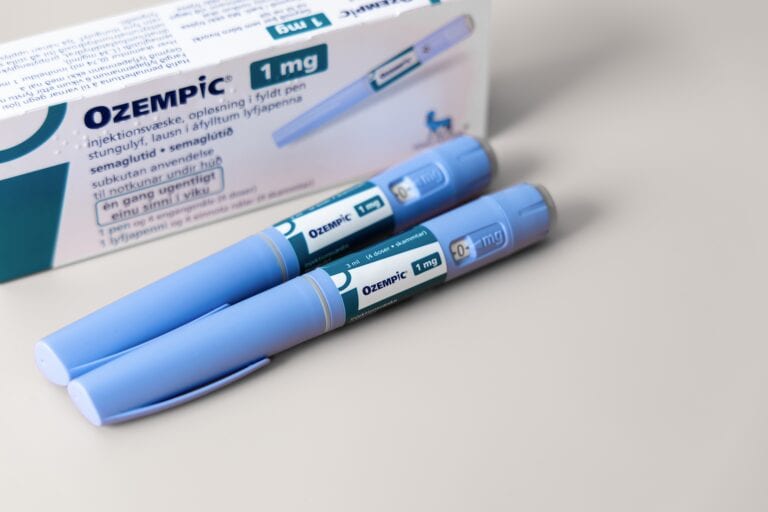Kidney stones! Sounds like old people problems. They can be, but not always. I just discovered the agony these little demons can cause!
In my case, I had just finished doing a surgical procedure when I was hit with a sudden pain on my left side and the worst flop sweat you can imagine. As I sat there wondering if I could do another procedure, my colleagues answered no and escorted me to the ER, unsure whether I was having a heart attack or some other serious malady.
By the time I got there, the pain was excruciating, way worse than anything I had ever experienced. I was nauseous and retching, and getting dehydrated from the sweating. Like any ER, they had to do a preliminary evaluation and workup before any medication could be given. It seemed like an eternity!
After the bloodwork, urine test, EKG, and a visit with the ER doc, I was given morphine. NO RELIEF! So, after more writhing on the gurney, I was given IV Toradol, a non-steroidal anti-inflammatory like Ibuprofen, and finally the pain subsided. I was sent for a CT scan which revealed that I had a kidney stone on both sides, but only the left was on the move. The blood and urine tests confirmed the diagnosis. Fortunately the left kidney stone was only 2 millimeters, so it would have to pass on its own. Based on what they usually look like, I began to sweat again, but this time out of fear!
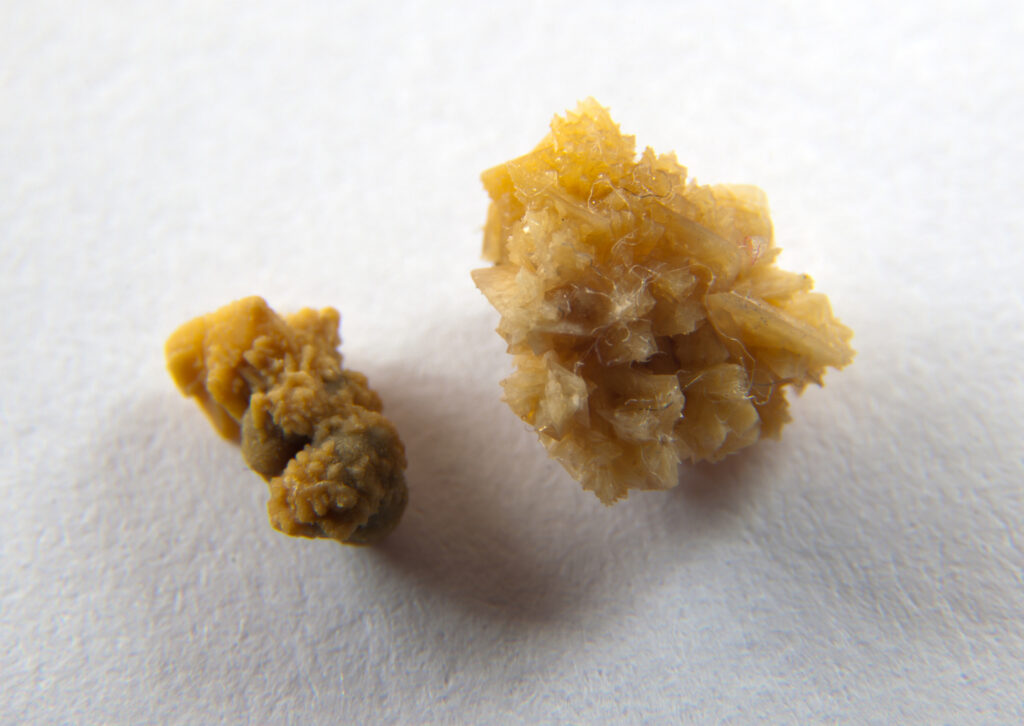
So it starts in your kidney, then through the normal mechanism of passing urine down the ureter, it scrapes, bit by bit, and causes a variable amount of blockage, contributing to the throbbing pain, before it plunks into the bladder. And then, it must pass through your urethra–that’s the part that goes through the penis. Yeah.
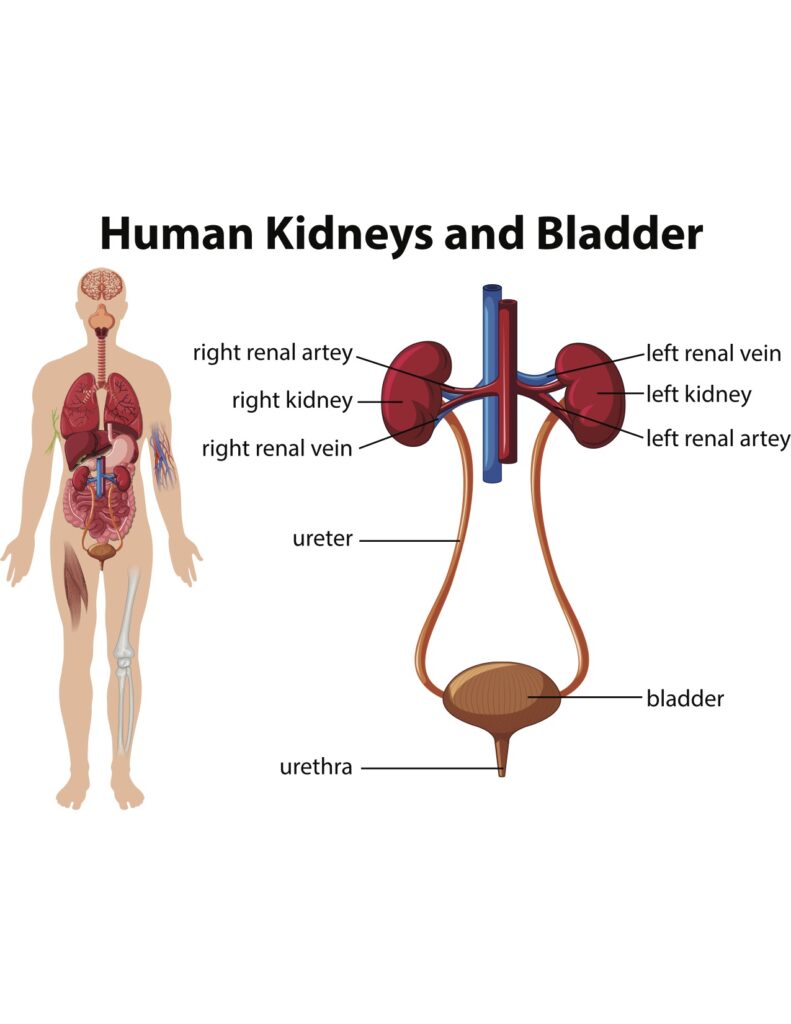
For me, after a couple of days of alternating calm and agony, the kidney stone must have passed. Fortunately, I was spared the penile armageddon, but still have lingering memories of the pain. And it got me thinking–I need to warn people!
Table of Contents
ToggleWhat Are Kidney Stones?
Kidney stones are small crystal fragments made up of various chemicals normally secreted in the urine, like calcium or uric acid. These are normal waste products that the kidney filters out. The most common types of stones are:
- Calcium oxalate
- Uric Acid
- Struvite
- Cystine
Risk Factors For Kidney Stones
Some types of kidney stones are hereditary, but for most of us, there are other factors that can increase the risk of developing kidney stones.
- Inadequate fluid intake–Dehydration
- Obesity
- Excess salt or sugar
- Diabetes
- Medications, including aspirin, antacids, diuretics (hydrochlorothiazides) and certain antibiotics (ciprofloxacin)
Symptoms Of Kidney Stones
Depending on the type and size of the stone, the symptoms can vary. These are common symptoms and signs to watch for:
- Pain on either side of the abdomen or lower back
- Nausea/vomiting
- Sweating or chills
- Blood in the urine
Other medical problems will need to be ruled out as well, such as heart attack or bowel inflammation, so medical attention should be sought right away. In older patients, these stones can very often cause an infection because of the the blockage, so take the symptoms seriously.
Treatment
Most kidney stones pass without significant complications, especially if they are less than 4 millimeters in size. Treatment for these types of stones generally involves hydration and pain control. Some urologists will recommend apple cider vinegar or lemon juice to help dissolve stones and allow them to pass more quickly.
For larger kidney stones, more aggressive treatment may be required.
Extracorporeal Shock Wave Lithotripsy
This is a non-invasive , high energy shock wave treatment that can pulverize larger kidney stones into small bits that can more easily pass. The success rate for eliminating stones is 70 – 90% within 3 months of the treatment.
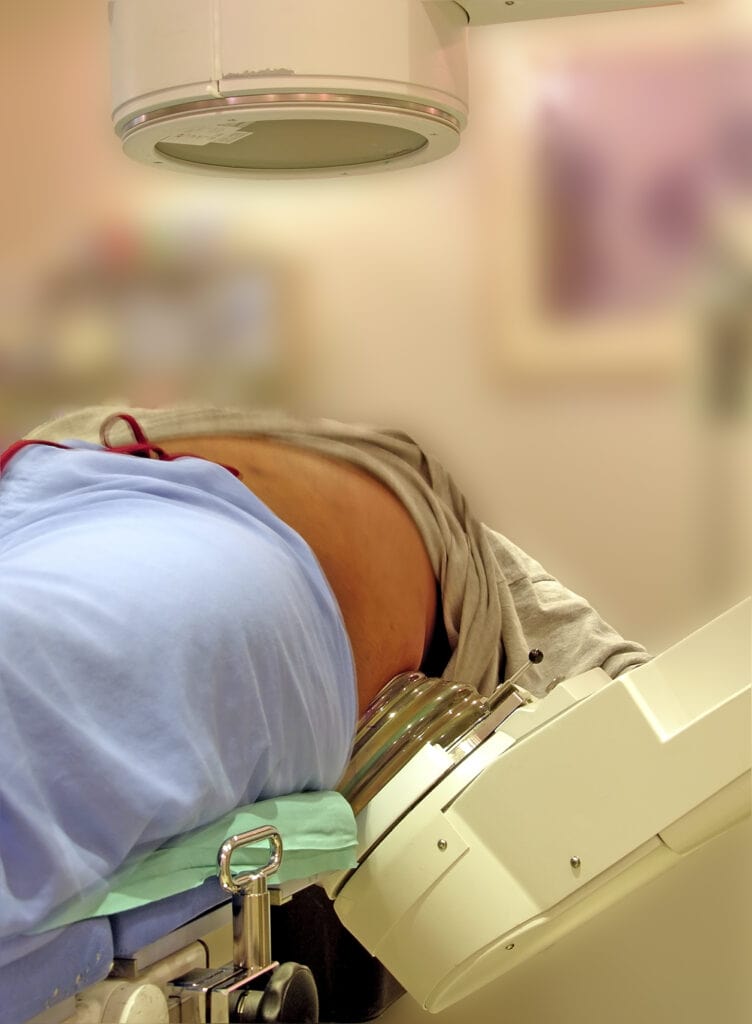
Ureteroscopy
This procedure involves inserting an endoscope into the ureter and up to the stone. The stone can then be broken up into smaller pieces or grabbed with a basket device and physically removed.
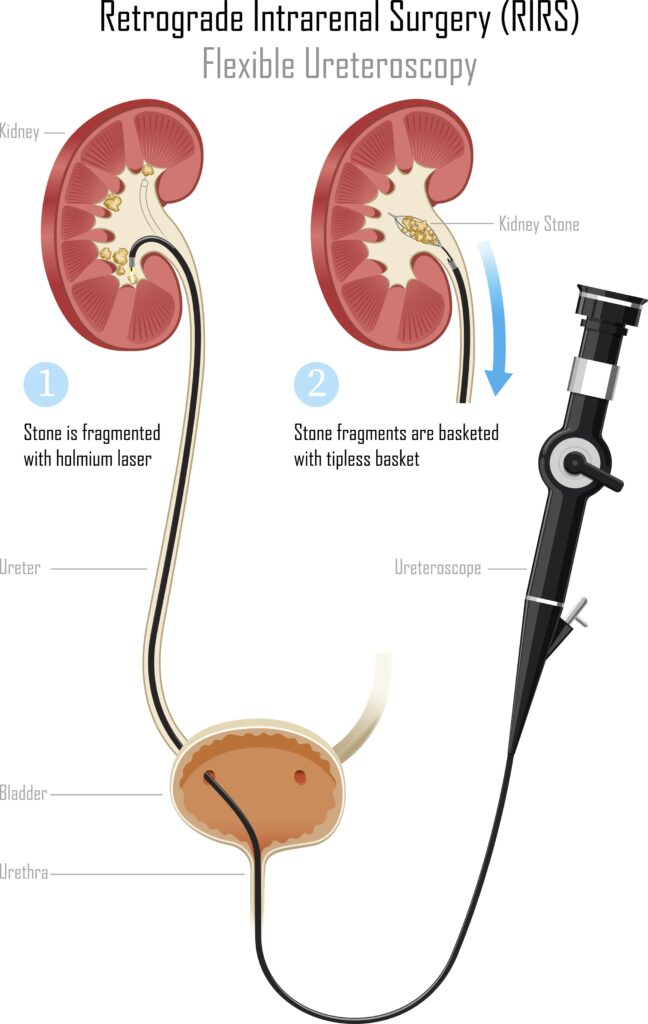
Prevention
The overall risk for kidney stones in men is 11%. The risk of getting a second stone actually significantly increases to as high as 50% within 5 years of having the first! Frightening!
So here are some prevention tips that are easy to follow:
- Drink plenty of fluids. Stay hydrated, especially with water.
- Lose weight, carefully. High protein diets and rapid weight loss diets can increase the risk of getting kidney stones.
- Reduce salt intake. That’s good for a lot of ailments, including hypertension and heart disease.
- Eat more citrus fruits.
A Last Word
Some people say that the pain with passing a kidney stone is worse than childbirth without an epidural. My pain was really bad, but I still don’t believe that it’s worse than passing another human out of your body. Nevertheless, you don’t want to experience it. So take care of yourself, follow these tips, and may the stones avoid you!
Check out more great health articles here at manopause.com.




